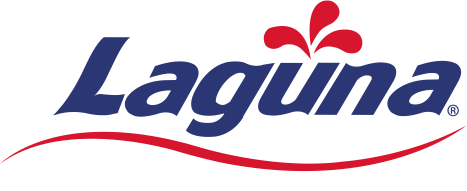Laguna Spring Series
We are excited to be bringing our tour north of the border! See our tour dates and locations below.
05/26 - Trois Rivieres, QC, Jardin du coin (9am, Seminar on Laguna products and opening a pond)
06/2: Peterborough,ON, Peterborough Landscape Supply (10am-2pm,Topic: Meet the Laguna Pond Specialist day)
April
04/21: Embrun, OC, Co-op Embrun Rona, (Seminar Starts: 11am, Meet the Laguna Pond
Specialist)
04/19: Chateauguay, QC, Animalerie Felix
(Seminar starts: 4pm-6pm Topic: opening a pond+starting a pond)
04/21: Chateauguay, QC, Animalerie Felix,
(Seminar starts: 9am, Topic: opening a pond and starting a pond)
04/28: Drummondville, QC, Pepiniere
Henner-(discounts available, Topic: opening and building a pond)
04/ 29: L'assomption, QC, Pep. Villeneuve Porte ouvertes, (9am ,Topic
opening and building a pond)
May/June
05/5: Chambly QC- Ferme Guyon (Seminar
starts: 9am, Topic :pond opening and information event)
05/5: Burlington ON- Holland Park Garden Gallery (Opening seminar at 11am, Meet Laguna Pond Specialist)
05/6: Pierrefonds Montreal,QC-West Island Nursery (8am -11am Topic: Pond opening and information event)
05/6: Sainte Catherine, QC, Titi et Gros Minet (1pm-3pm Building and maintenance of a pond)
05/10: Mississauga, ON, Sids Ponds and Gardenscapes (7pm, Meet the Laguna Pond Specialist - Pond Opening and algae control seminar)
05/12: - Trois Rivieres, QC, Jardin du coin event (9am Topics: Laguna products and opening a pond)
05/26: -St Paul, QC, Pepiniere ST PAUL, (9AM Topic: Pond building, maintenance, information session).
05/26: St. Paul, On, Klomps Plantscapes (10 am Topic: Combined seminar - Pond Opening and algae control seminar & Pond planting and maintenance with Moores Water Gardens)
05/5: Burlington ON- Holland Park Garden Gallery (Opening seminar at 11am, Meet Laguna Pond Specialist)
05/6: Pierrefonds Montreal,QC-West Island Nursery (8am -11am Topic: Pond opening and information event)
05/6: Sainte Catherine, QC, Titi et Gros Minet (1pm-3pm Building and maintenance of a pond)
05/10: Mississauga, ON, Sids Ponds and Gardenscapes (7pm, Meet the Laguna Pond Specialist - Pond Opening and algae control seminar)
05/12: - Trois Rivieres, QC, Jardin du coin event (9am Topics: Laguna products and opening a pond)
05/26: -St Paul, QC, Pepiniere ST PAUL, (9AM Topic: Pond building, maintenance, information session).
05/26: St. Paul, On, Klomps Plantscapes (10 am Topic: Combined seminar - Pond Opening and algae control seminar & Pond planting and maintenance with Moores Water Gardens)
05/26 - Trois Rivieres, QC, Jardin du coin (9am, Seminar on Laguna products and opening a pond)
06/2: Peterborough,ON, Peterborough Landscape Supply (10am-2pm,Topic: Meet the Laguna Pond Specialist day)




